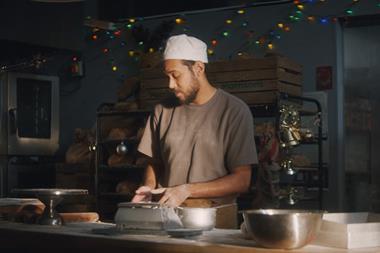Morrisons has successfully used mobile phone location data to encourage new shoppers into its stores.

Why are we talking about this now?
Morrisons has teamed up with Telefónica Dynamic Insights, the data arm of the O2 mobile network, on a project to target consumers who shop at other grocers.
The grocer’s traditional approach was to build population models of each postcode around a Morrisons store using electoral data and post coupons through people’s doors in the hopes of persuading them to switch to Morrisons.
Now it is using data gleaned from the O2 network. Mobile phone signals are used to give an idea of how many people from each postcode are visiting Morrisons’ stores versus competitors’ and coupons are sent to those areas thought to have fewer Morrisons shoppers. The O2 data is used to estimate the movements of the overall population including those not on its network.
Are other retailers doing the same?
Other retailers almost certainly use mobile data in this way, but few want to talk about it because of the danger of being labelled ‘Big Brother’. Using data from mobile phones is, while perfectly legal, a touchy subject for some consumers.
However, the Data Protection Act means no retailer can find out a single shopper’s habits - everything is anonymous and aggregated.
What are the benefits?
Morrisons increased the number of new shoppers it generated by 150% compared with its traditional methods, and it is more accurate than electoral roll data.
The information can be updated regularly and decisions can be based on more accurate data.
Using an external company’s data also means a retailer doesn’t need to invest in its own analytics or data gathering - useful for a business such as Morrisons that doesn’t have a loyalty card scheme.
What are the drawbacks?
There could be potential PR problems if parts of the press decided to spotlight the use of mobile location data to monitor shoppers. It may be hard to keep track of new shoppers coming into store. Their first purchase is easy to flag because they use coupons, and if a shopper pays by card when using their vouchers any visits can be tracked, but those paying with cash can’t.
What other data is being used?
Retailers are increasingly teaming with external businesses, including banks, to use their customer data.
Cardalytics, for instance, uses customers’ bank data to identify where they shop and then displays retail ads on online bank statements.


























No comments yet